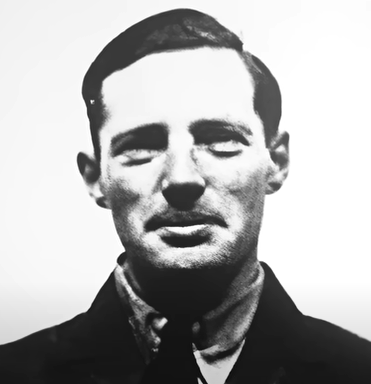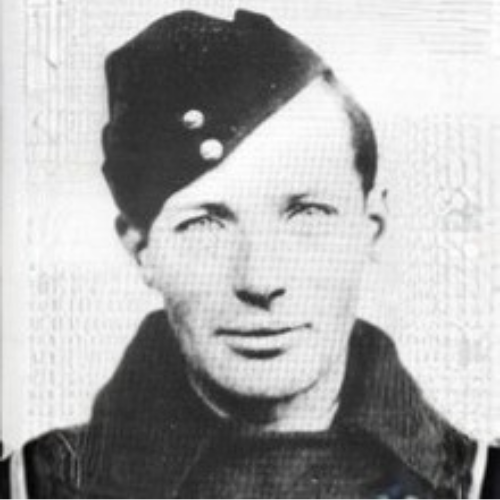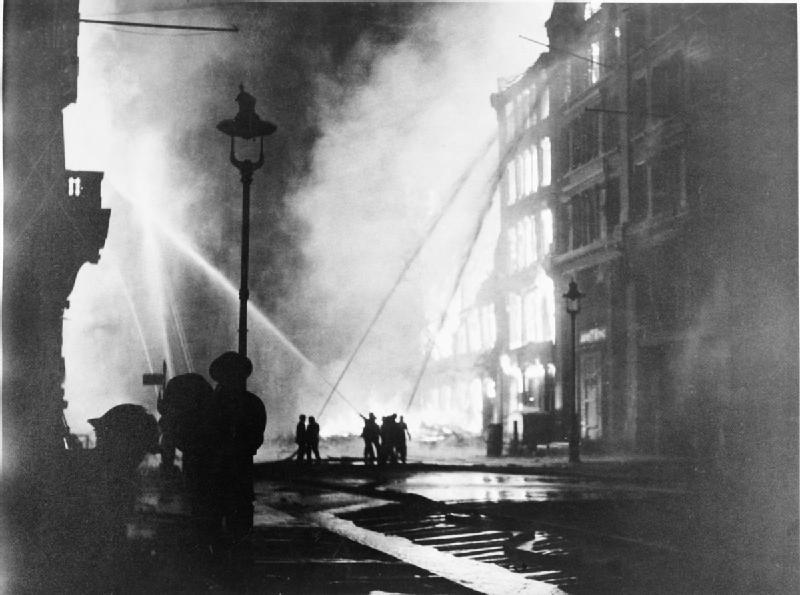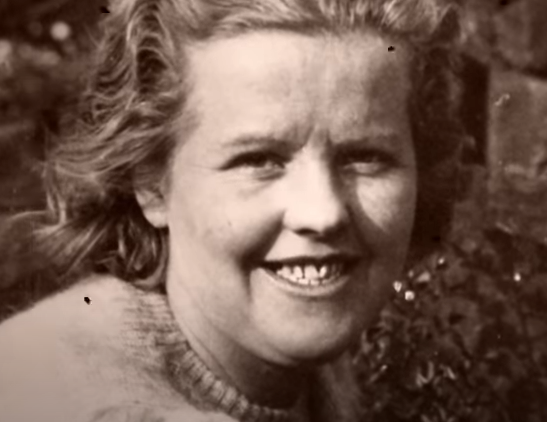
1914 - 1942
Gordon Frederick Cummins
Summary
Name:
Nickname:
The Blackout Killer / The Blackout Ripper / The Wartime RipperYears Active:
1941 - 1942Birth:
February 18, 1914Status:
ExecutedClass:
Serial KillerVictims:
4+Method:
Strangulation / Bludgeoning / BeatingDeath:
June 25, 1942Nationality:
United Kingdom
1914 - 1942
Gordon Frederick Cummins
Summary: Serial Killer
Name:
Gordon Frederick CumminsNickname:
The Blackout Killer / The Blackout Ripper / The Wartime RipperStatus:
ExecutedVictims:
4+Method:
Strangulation / Bludgeoning / BeatingNationality:
United KingdomBirth:
February 18, 1914Death:
June 25, 1942Years Active:
1941 - 1942Date Convicted:
April 27, 1942bio
Gordon Frederick Cummins was born on February 18, 1914, in New Earswick, North Riding of Yorkshire, England. He was the first of four children in his family. His father, John Cummins, was a civil servant who also ran a school for delinquent youths, while his mother, Amelia (née Lee), was a housewife.
As a child, Cummins received a private education in Llandovery, South Wales. His academic performance was described as unremarkable. Teachers often noted that he cared more about socializing than studying. Despite this, he managed to earn a diploma in chemistry at the age of sixteen. After finishing school in 1930, he attended Northampton College of Technology but left his studies on November 1, 1932.

At 18, Cummins moved to Newcastle and briefly worked as an industrial chemist. He was dismissed from this job after only five months. In August 1933, he got a position as a tanner in Northampton but was fired for poor timekeeping about thirteen months later. After that, he switched between part-time work and casual labor. In October 1934, he moved to London and landed a job as a leather dresser in a clothing factory, where he earned £3 a week and later trained to become a foreman.
While living in London, Cummins aspired to live a luxurious lifestyle. He often visited hotels and clubs, claiming to be the illegitimate son of a nobleman. To support this false identity, he worked to change his accent to sound more refined and insisted on being called the Honourable Gordon Cummins. His extravagant lifestyle affected his job performance, leading to his firing on February 8, 1935. Soon after, he moved into a flat with his brother in Bayswater as he considered his next steps.
In early 1935, Cummins volunteered to join the Royal Air Force (RAF). He enlisted at the Air Crew Reception Centre in Regent's Park, London. Initially, he trained as a rigger, where he performed flight checks on aircraft. His superiors saw him as ambitious, but his boastful nature made him unpopular among fellow airmen, who nicknamed him "the Duke." In May 1936, he met Marjorie Stevens, the secretary of a West End theatre producer, at an airshow. They married on December 28, 1936, after a courtship of seven months and did not have any children.

Cummins was first stationed at the Marine and Armament Experimental Establishment in Felixstowe, Suffolk. From 1936 to 1939, he moved with this military organization to Scotland. After the outbreak of World War II, he was transferred to Helensburgh, Dunbartonshire, on October 25, 1939. He stayed there until April 1941, when he was posted to Colerne, Wiltshire. While there, he reached the junior rank of leading aircraftman, although he wanted to become a Spitfire pilot.
On November 10, 1941, Cummins was sent to Cornwall. There, he joined a social club and helped out behind the bar. However, he was soon dismissed from this role for giving away free drinks. Around that time, jewelry worth about £35 was stolen from the club's proprietress, and although Cummins was suspected, no proof was found against him.
In January 1942, Cummins accumulated over 1,000 hours of flight experience. This achievement earned him a transfer to the Air Crew Receiving Centre in Regent's Park, where he was to serve with 300 other men. He was ordered to report for duty at 10 a.m. on February 2, 1942.
murder story
Gordon Frederick Cummins is known for a series of violent crimes committed in London during February 1942. These crimes mostly targeted women, specifically those involved in prostitution.
Cummins's first suspected murders occurred in October 1941. His first victim was a 19-year-old clerk named Maple Churchyard, found dead in a bombed house on October 13. She had been strangled. Just four days later, 48-year-old Edith Humphries was discovered in her home. She had been severely beaten and then strangled.
On February 8, 1942, Cummins had a night out in London. The next day, the body of 41-year-old pharmacist Evelyn Hamilton was found in an air raid shelter. She had been manually strangled, and signs of a struggle were evident.
Two days later, on February 10, Evelyn Oatley's body was discovered in her flat. She had been beaten and strangled, with severe mutilations to her body. Just a day later, Margaret Florence Lowe was found murdered in her bed, also brutally beaten and mutilated.

The following day, Cummins attempted to murder Catherine Mulcahy but she managed to escape and report the attack. Later that night, he killed Doris Jouannet, whose body was later found in her flat.
On February 13, Cummins attempted to assault Margaret Heywood, but she survived and reported the incident to the police. Cummins was arrested the next day due to evidence connecting him to the murders, including fingerprints and personal items belonging to the victims found in his possession.

Cummins was charged with several murders and attempted murders. During the trial, he pleaded not guilty but was found guilty of the murder of Evelyn Oatley and was sentenced to death. He maintained his innocence until his execution by hanging at Wandsworth Prison on June 25, 1942.